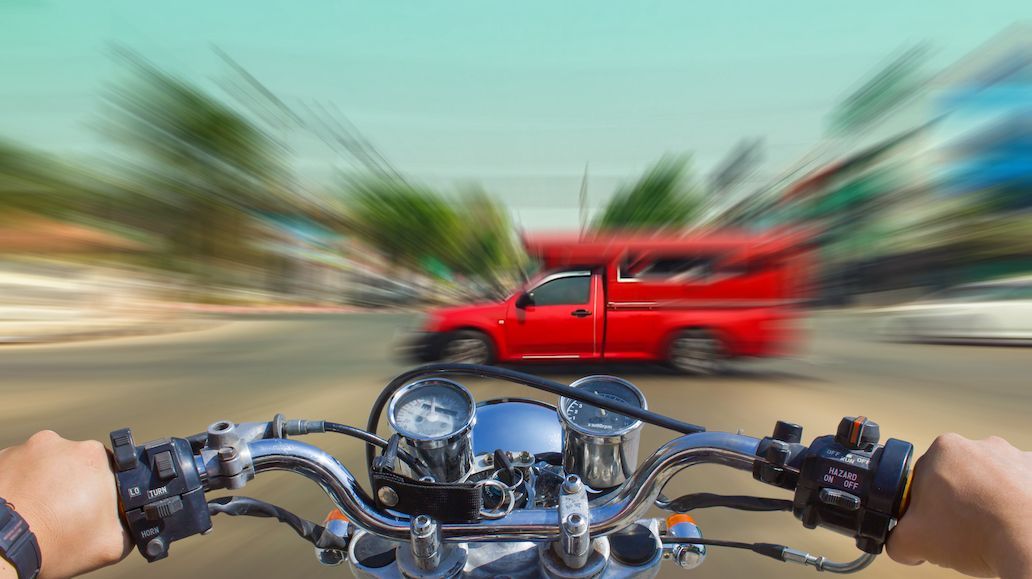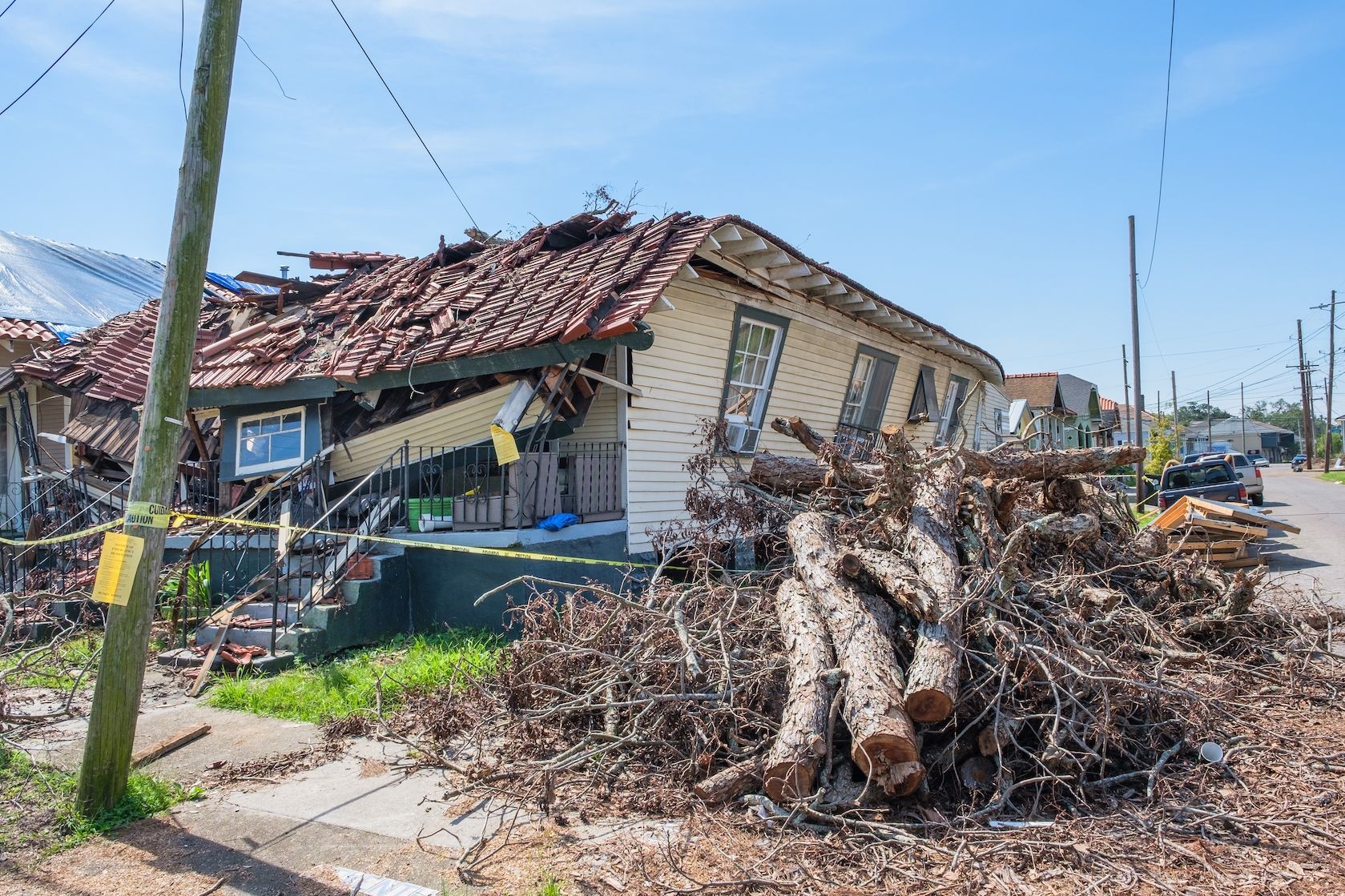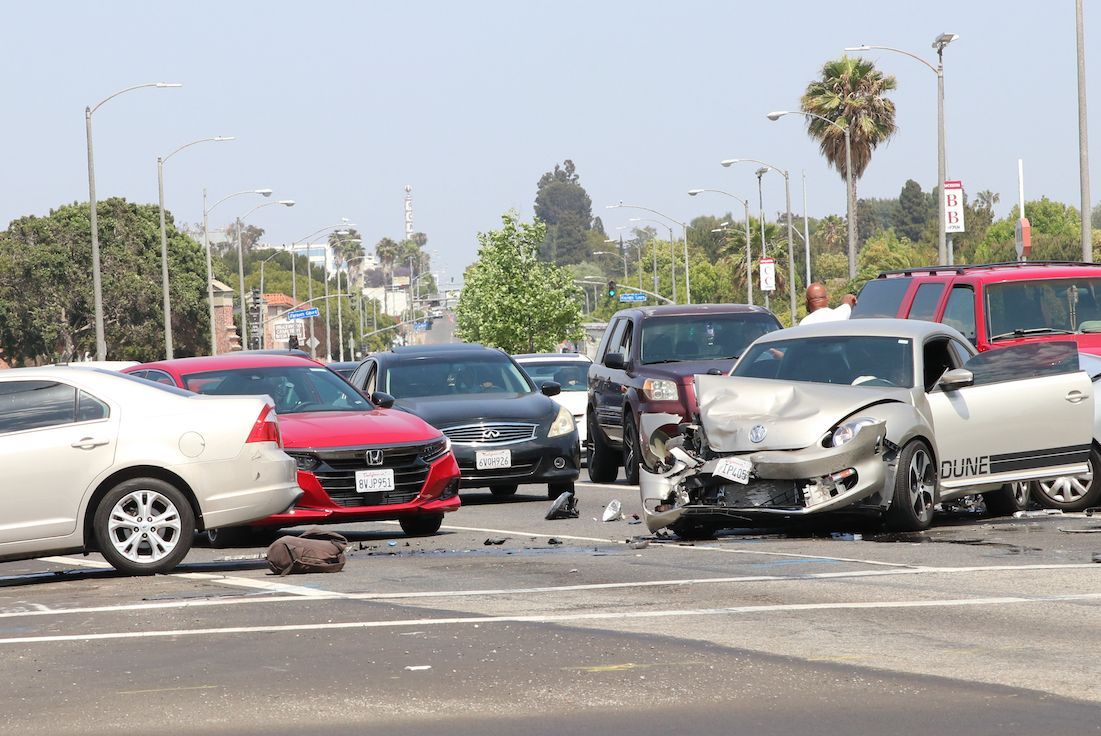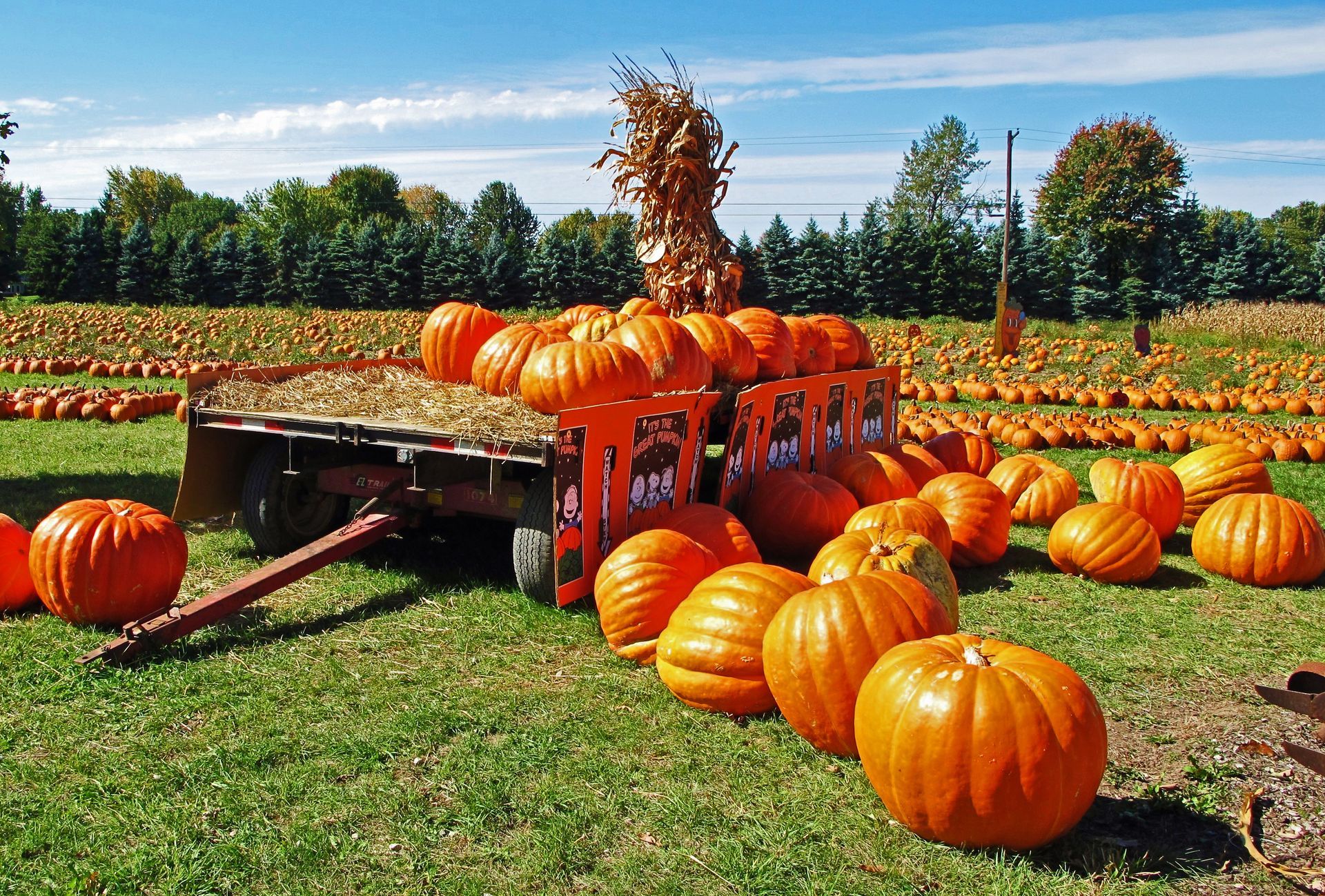5 Defensive Driving Techniques That Could Save Your Life
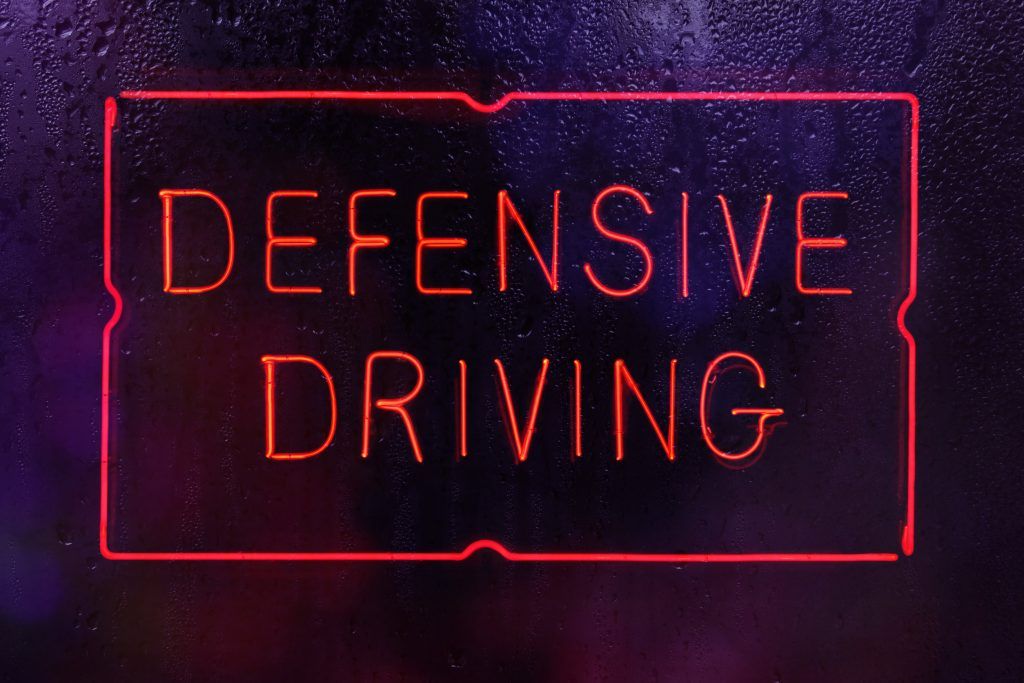
These days, there’s a lot of focus on curbing bad driving habits like distracted driving and driving under the influence. Although both of these behaviors contribute to thousands of car accidents and deaths every year, there’s another equally important topic that doesn’t always get the most attention: defensive driving techniques.
The truth is, we can’t control what other drivers do. From reckless driving to inexperienced drivers, we all face certain risks every time we get in a vehicle. However, by engaging in defensive driving, drivers can learn to recognize potential hazards and prevent accidents altogether. To that end, Mike Brandner Law has compiled these defensive driving tips that just might save your life.
#1: Wear a Seatbelt
Defensive driving starts before you even leave the driveway. According to the National Highway Traffic Safety Administration (NHTSA), wearing a seat belt every single time you get inside a car reduces your risk of being seriously injured or killed in a car accident by 50% and 45%, respectively. Not wearing a seat belt can work against you in many ways. Not only do seat belts keep passengers from being ejected, but they also work in conjunction with airbags to prevent injury. In fact, airbags that deploy when a passenger is not wearing a seat belt can actually cause additional injuries or death.
#2: Choose the Right Following Distance
There is no hard and fast rule when it comes to following distance. This is because you should adjust your following distance accordingly depending on the type of vehicle you’re in and the vehicles around you, plus weather and road conditions.
For example, a common recommendation is to maintain three seconds’ worth of space between you and the vehicle in front of you. This may be good advice for those traveling in regular traffic under good weather conditions, but it doesn’t necessarily apply to heavy traffic or driving around motorcycles and large trucks.
If you’re driving in the rain, add at least one second to your following distance. If you’re driving in heavy rain, snow, icy conditions, or through a dust storm, add at least two seconds to your following distance. In addition, add an extra second or two for motorcycles (which may stop quickly) and 18-wheelers (which require more time to stop and may brake earlier than you expect them to).
#3: Be Wary of Blind Spots
When a car passes into an area where it is not visible to a driver in either their rear view mirror or side mirrors, they are considered to be in a blind spot. Even though the vehicle is in very close proximity, a driver may not be able to see them at all. This can present a collision hazard if the driver tries to change lanes and doesn’t see the other vehicle in time.
One of the most crucial defensive driving techniques you can learn is to both check your own blind spots frequently and to stay out of other drivers’ blind spots. While it’s impossible to eliminate all blind spots completely, you can minimize them. For starters, make sure to adjust your mirrors before driving, especially if you’re driving a rental car or someone else’s car (or if someone else has recently driven your car).
Secondly, know exactly where your blind spots are and how big they are. You can identify your blind spots by looking in the rear view mirror for a car that is behind and in the process of passing you. Notice when the vehicle enters your field of view in your side mirrors, disappears, then reappears in your peripheral vision.
Use frequent shoulder checks, put on your turn signal early when you’re changing lanes, and use your side windows to minimize the risk of a blind spot accident. Be particularly careful around motorcycles, whose small size can make them more difficult to spot.
As for staying out of other vehicles’ blind spots, don’t match their speed too closely when passing—this will keep you in their blind spot for much longer than you need to be. Be especially wary of big rigs’ blind spots, which are much larger than the average vehicle.
#4: Look Ahead
To prevent having to slam on your brakes or make split-second decisions, you should always be on the lookout. (Primarily, you should be looking ahead of you, but you also need to regularly look behind you and to the side.) If you’re in New Orleans or another urban area, try to look at least two city blocks or two traffic lights ahead at all times. In the suburbs, look ahead three blocks or traffic lights. If you’re in a rural area, always look at least a quarter mile ahead of you.
When looking ahead, pay attention to vehicles entering the roadway, turning, or changing lanes. You should also keep an eye on the brake lights of the vehicles in front of you as a cue that you should also start braking. Finally, looking at upcoming traffic lights will give you a better idea of whether or not a green light is about to change, giving you more time to slow down and stop.
#5: Expect the Unexpected
In essence, defensive driving boils down to expecting the unexpected when you’re on the road. This covers everything from anticipating what other drivers may or may not do to being prepared in case of a tire blowout or stormy weather. When you’re ready for the unexpected, you’ll save precious time reacting to circumstances that can change on a dime. Follow these defensive driving techniques to protect yourself and your passengers from avoidable accidents and injuries:
- Yield the right of way when you’re unsure. If it’s unclear whether you or another motorist got there first, simply let the other driver go. Do the same even if you know you have the right of way but the other driver disagrees or is driving aggressively.
- Speaking of driving aggressively, don’t engage with aggressive drivers and do your best to not give into feelings of road rage, which can cause you to make risky, irrational decisions behind the wheel. Road rage incidents injure hundreds every year, whether because of an accident or altercation. Always assume that an angry driver has the ability to hurt you.
- Assume that other drivers will make mistakes. The only driver you can fully trust is yourself, so always assume that other vehicles may not follow all traffic laws. For example, if it looks like a driver is coming into your lane but isn’t using a blinker, assume they cannot see you and are changing lanes. Alert them using your horn, then quickly and safely get out of the way if you can.
Want to learn more about defensive driving in Louisiana? Take an online or in-person defensive driving course. A defensive driving course not only provides life-saving skills, but it can possibly reduce your monthly insurance premium. Sometimes, people take defensive driving courses as an alternative to having their license suspended or paying penalties for minor traffic violations. Contact your insurance agent or local court for a list of approved defensive driving courses.
Legal Options After a Car Accident in Louisiana
While many traffic accidents can be avoided by using defensive driving techniques, some accidents happen to even the most careful drivers. If you or a loved one has been injured in a car accident through no fault of your own in New Orleans, Metairie, Hammond, Shreveport, Baton Rouge, Lake Charles, Lafayette, or elsewhere throughout Louisiana, you could be entitled to a significant settlement.
With the help of an experienced car accident attorney, you and your family may be able to recover compensation for your medical bills and lost wages in addition to pain and suffering. In cases of wrongful death, you may also be entitled to money for funeral expenses and end of life care. If someone else’s negligence led to your accident and injuries, you owe it to yourself to find out how much your case is worth.
For your free consultation, contact the personal injury lawyers at Mike Brander Law. Call us 24/7 at one of the numbers listed below, connect with one of our friendly LiveChat agents, or fill out this form to be forwarded to our office.


